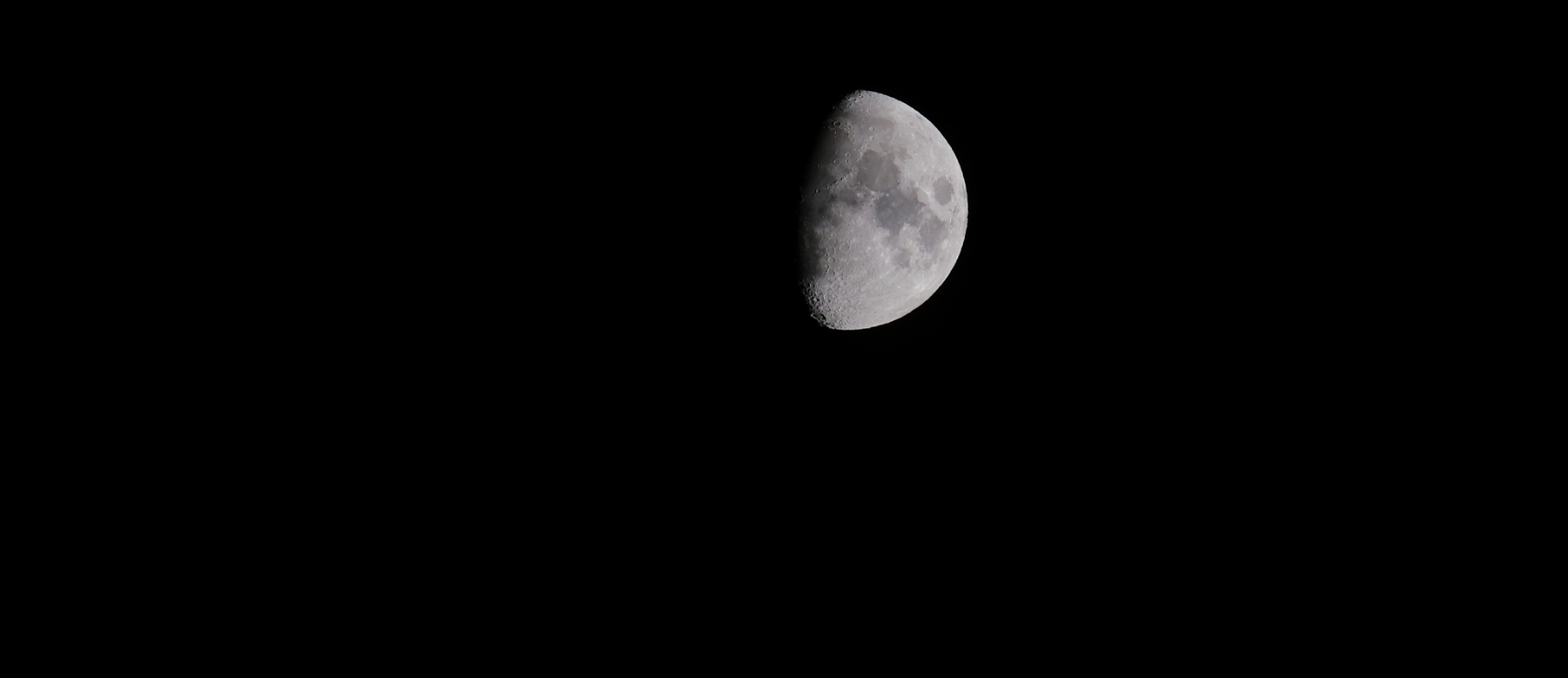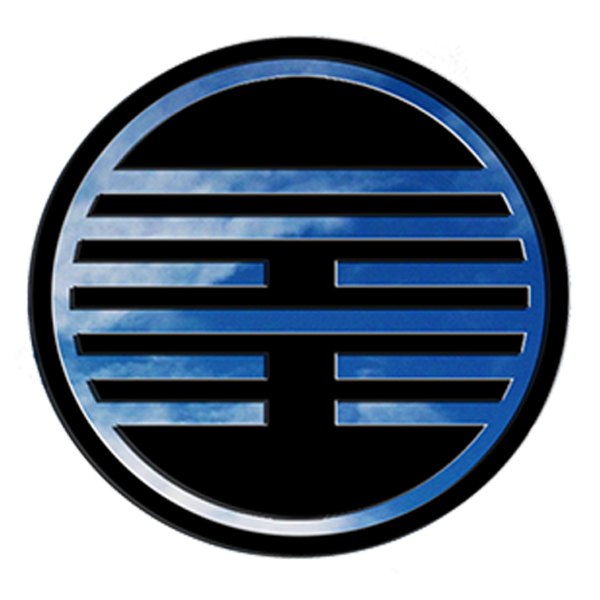
The Lunar New Year is the largest ancient traditional festival in China. known as Lunar New Year’s Day, “First morning of the year” or the “Spring Festival”. China is one of the many countries such as South Korea, Singapore, Thailand, Vietnam which continue to use the old lunisolar or lunar calendars as a way of marking their differing but significant traditional observances. Now over 2 billion people around the world celebrate the Lunar New Year.
Lunar calendar dates, unlike our solar-oriented Gregorian calendar, constantly shift. In 104 BCE the Chinese Emperor approved a calendar reform which recognized the new year as the second new moon after the winter solstice. Based on this lunisolar calendar, the new moon can appear anywhere between 21 January and 20 February. For example, in 2024 the date is February 10th, in 2025 it is January 29th.
Moving in a larger cycle of 12, there is an animal symbol to represent each year of the Chinese lunar calendar. 2024 is the year of the Wood Dragon. The Dragon itself, a mythical animal, is said to have the body of a snake, horns of a deer, head of the ox, mouth of a crocodile, claws of an eagle and scales of a fish. The Wood Dragon indicates great beginnings, hard work and a time for creativity, passion and invention.
In China, the festival lasts 15 days with many traditions that includes cleaning the house, eating special foods, wearing red, fireworks and parades. We all can join in and take this opportunity for a fresh start, especially as the light is returning after the dark of winter. We can join in honoring, making peace with and saying goodbye to the last cycle. This makes room and gives us the ability to welcome what is coming next.
For many families celebrating the Lunar New Year, tradition suggests a visit to the oldest first to extend new year’s greetings before making their way down the family tree. We can adopt this occasion and join together with loved ones to share some time or take some time to remember those who are no longer with us.
